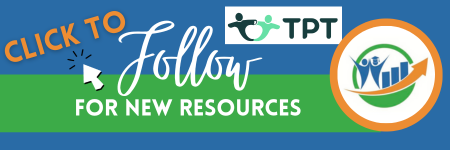6 Steps to Prepare for Powerful Read Alouds
- Dianne McKinley
- Oct 29, 2023
- 3 min read
Updated: Oct 30, 2025

Teachers and students alike often name the time set aside for reading aloud as their favorite time of the school day! There are so many reasons why a powerful read-aloud is so important in classrooms of any age group. Reading aloud to students exposes readers to authentic text representing a diverse range of authors and text types while building students’ knowledge about a topic of study. Reading aloud builds language and vocabulary, sparks curiosity, and provides opportunities to model fluent reading. Most importantly it engages students in discussion and the analysis of complex text.
Remember when you are selecting books for reading aloud, find titles that can be both joyful and fun as well as instructional. You might read the same book more than once. For example, you might read a title one time for fun, allowing students to fall in love with the story. Then, you might use that same title for instructional purposes like analyzing characters, making inferences, or discussing the message.
Consider these 6 Steps when preparing to read aloud to students:
Decide the purpose for the read-aloud. What are you trying to help students learn or understand? The text you select shouldn’t be random, it should tie directly to the content students are learning about.
Select a book that aligns with your purpose. Remember read-alouds should be challenging, something that students can’t easily pick up and read on their own. Whatever you select should involve complex events, ideas, and linguistic content, as well as presenting a new idea or topic to students. Generally speaking, read-alouds are thought of as stretching readers because the teacher is supporting the students throughout the entire process.
Pre-Read the text. It’s important that the first time you read a book isn’t when you are in front of your class. Even if you have a commercial program or you’ve purchased a guide, it is still critical that you as the teacher read the text beforehand. When you are reading the text, don’t forget about the illustrations and photographs. If you are reading a picture book, part of the understanding and message should be told in the illustrations. Make sure the books chosen for reading aloud are full of illustrations that play a role in the complexity.
Next, plan for a powerful read-aloud by deciding which vocabulary words need to be explicitly taught, where there are opportunities to think aloud, and prepare some focus questions. During the planning phase, don’t lose sight of the purpose, decide how you are going to use this piece of text to support student learning. This is the point where I use a ton of sticky notes. I like the bulk of my planning to be directly in the text so I can easily refer to it when I’m in front of students.
Think about ways to encourage engagement. Plan a few places where students will jot their thoughts, turn and talk, or ask and answer questions.
Read the text to your class! Make sure your reading is full of expression, and turn on your inner actor. You might even want to practice ahead of time.
There are so many amazing possibilities in the world of children’s literature you might want to consider a way to track what you read and use with students. Consider keeping a list, notebook, or digital file to help you keep track of books you’ve used with students and for what purpose. It might also be wise to jot some notes about student engagement and interest.
To sum it all up, it’s all about being prepared by matching the desired learning with a lively, engaging, and challenging text. Make sure to enjoy yourself and help your students find joy in the challenge of deeply understanding and thinking about what they read.
Download this FREE Toolkit:
Support Productive Struggle in Reading:
A downloadable guide to recognizing student signals and knowing exactly how to respond.




